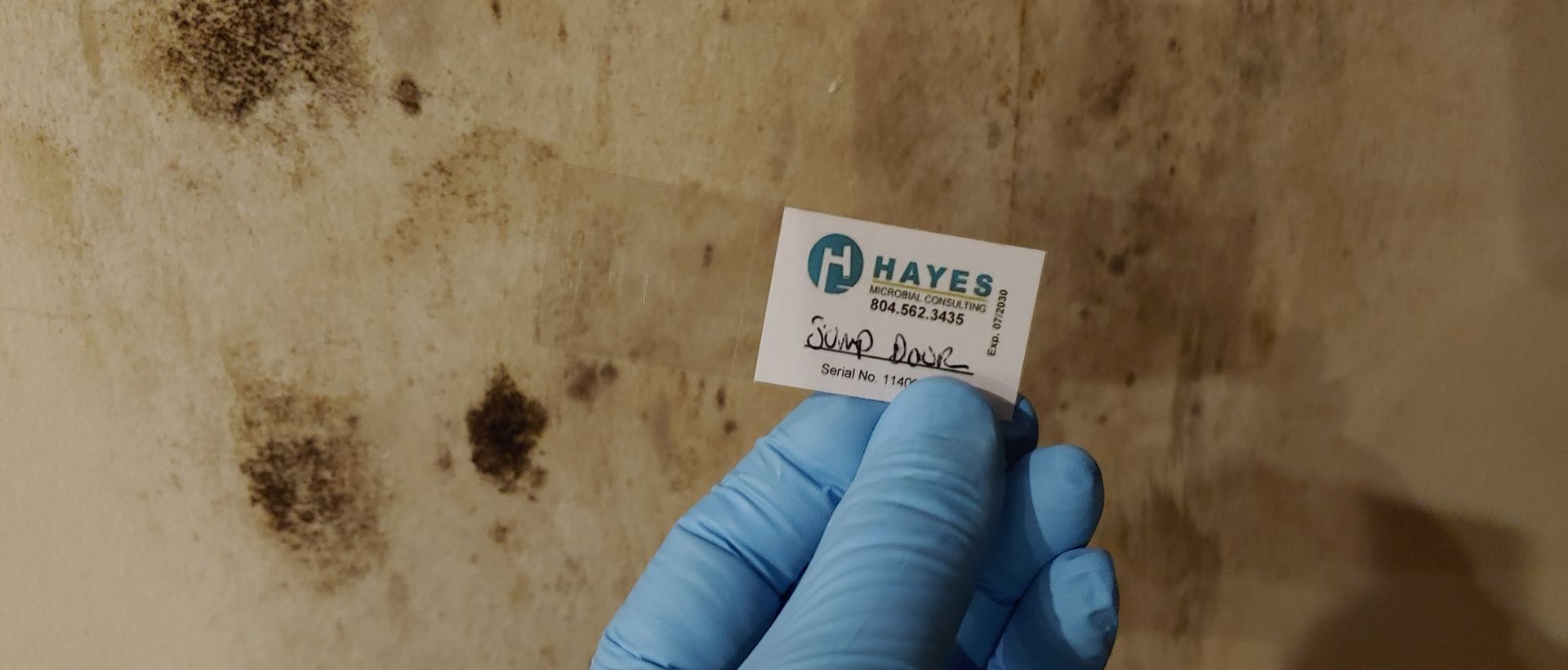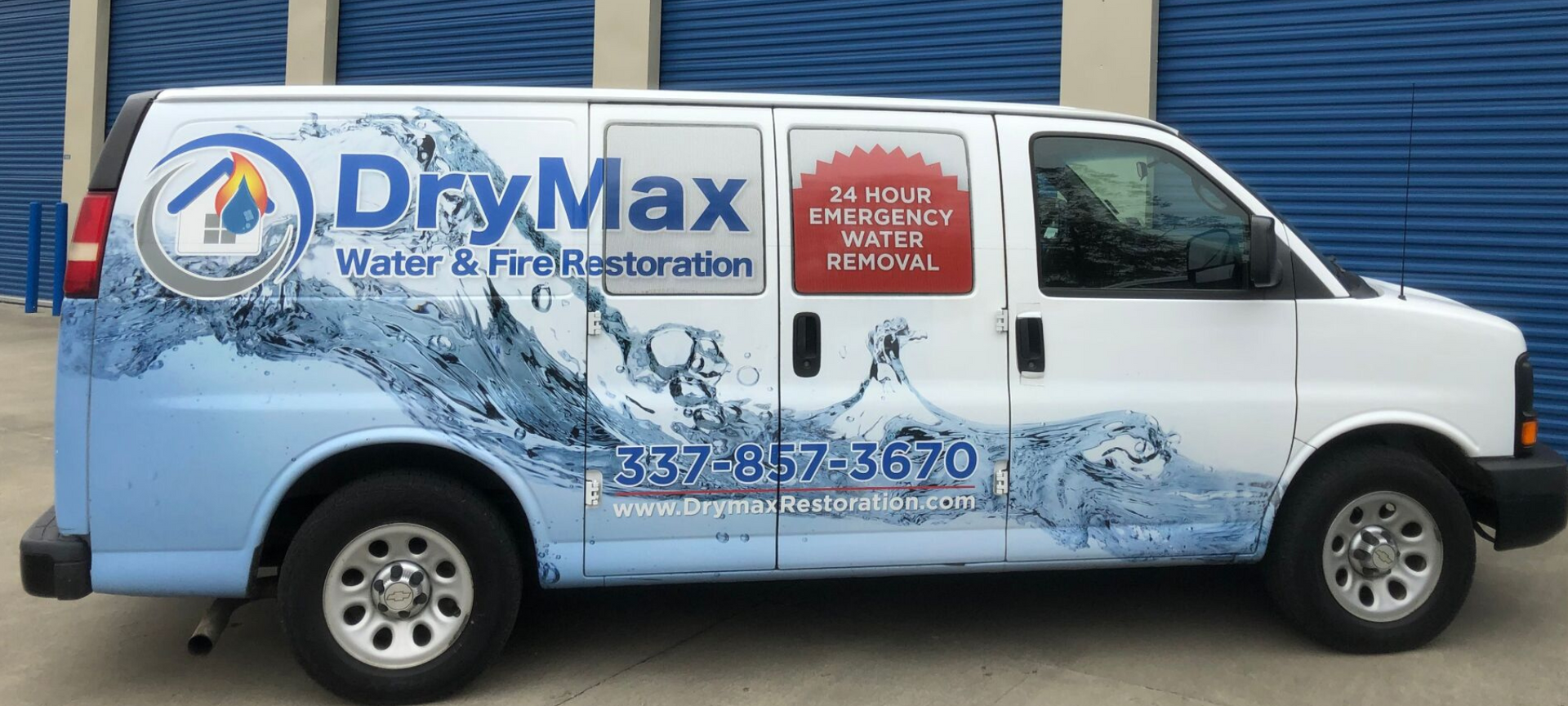Professional Mold Testing Procedures in New Orleans, LA
New Orleans, LA Mold Inspection & Testing Process for Homes & Businesses
As a New Orleans home or business owner, it's crucial to be mindful of the safety of your property.
If you suspect mold growth, it's important to consult a local mold inspector like DryMax Mold, Fire & Water and schedule a mold inspection with mold testing. Before addressing any mold issue, it's important to understand the full extent of the contamination and its underlying cause. Professional mold testing services in New Orleans can help locate the mold and determine its concentration. Your mold inspector can use this information to develop a detailed remediation plan for proper mold removal.
Mold Inspection Process for Residential and Commercial Buildings in New Orleans, LA
- Visual Walkthrough of the Home: Upon entering your home, mold inspection specialists will conduct a quick visual assessment to identify any areas that could harbor mold growth. These areas may include cold and damp conditions, particularly in dark and potentially neglected regions of the home.
- Digital Documentation: During the assessment, mold inspectors will take notes and photographs of any potentially problematic areas to ensure that nothing is overlooked during the inspection process.
- Thermal Imaging: Mold sampling professionals use thermal imaging (infrared) cameras to identify areas of moisture that may not be visible to the naked eye. Thermal imaging can differentiate between wet and dry building materials, making it an excellent tool for scientific analysis.
- Moisture Mapping: This process is similar to thermal imaging and looks for areas that are damp or vulnerable to mold growth. It also helps specialists locate any moisture areas to determine if water damage has been remedied or if further work is needed to prevent water leakage.
- Testing for Airborne Mold and Surface Mold: Professionals will take air samples and surface swabs to check for mold growth in other areas of your home. Air quality testing for mold can identify elevated concentrations of spores in the air that can be harmful to your health. These samples will also allow inspectors to determine the level of contamination and the species of mold present.
- Summary of Work and Verification Testing: Specialists will keep meticulous records of their work and write a summary of their findings to ensure that the task was done effectively.

Surface Sampling and Air Quality Testing for Mold in New Orleans Buildings
New Orleans property owners should be aware of the signs of mold growth in their properties and schedule mold inspection and testing services to prevent the problem from worsening. Contact DryMax Mold, Fire & Water, your local mold testing company in New Orleans for all of your mold inspection and mold testing needs.

You might also like
DryMax Restoration Blogs





